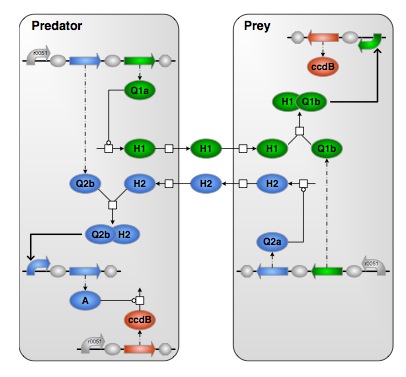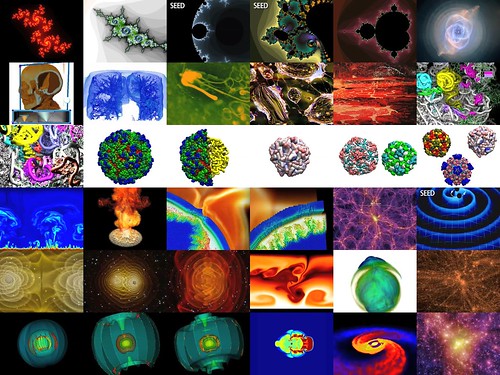You’re sitting at your computer, writing your next awesome computer program. You think, “I want to run my new program. But the computer I have is too slow and too boring to run it on.”
You glance over at the petri dish in your biology lab. “What if I could deploy my program as DNA, and the outcome of my program gets expressed as proteins and genes in a real cell?”
Sounds kind of crazy. But Microsoft is researching this.

An Escherichia coli predator-prey system implemented with a synthetic biology programming language developed by Microsoft researchers.
In their paper Towards programming languages for genetic engineering of living cells, Microsoft UK researchers Michael Pedersen and Andrew Phillips have developed a programming language that translates logical concepts into models of biological reactions in simulators. Reactions that have favorable results have the potential to be synthesized into DNA for insertion into real cells, achieving some level of cyborgian awesomeness that we can only just begin to imagine. (Insert obligatory Blue Screen of Death joke here).
More info here. And be sure to check out the full paper here.



